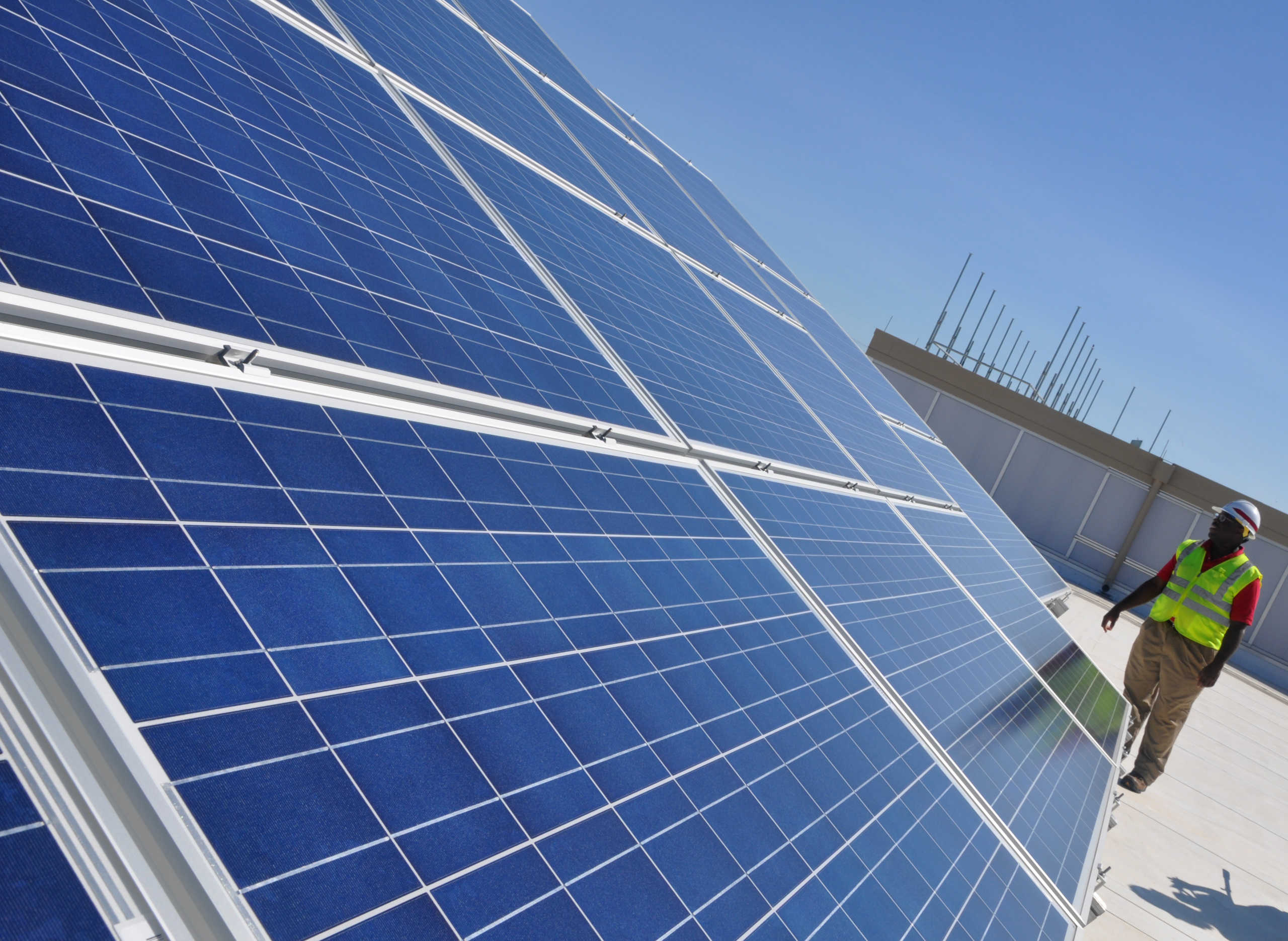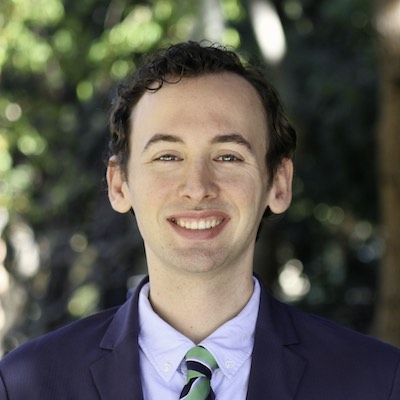
Using parking lots and highways for solar power
Capturing the sun’s energy over untapped developed areas just makes sense. Webinar outlines how to go solar over parking lots and along highways.
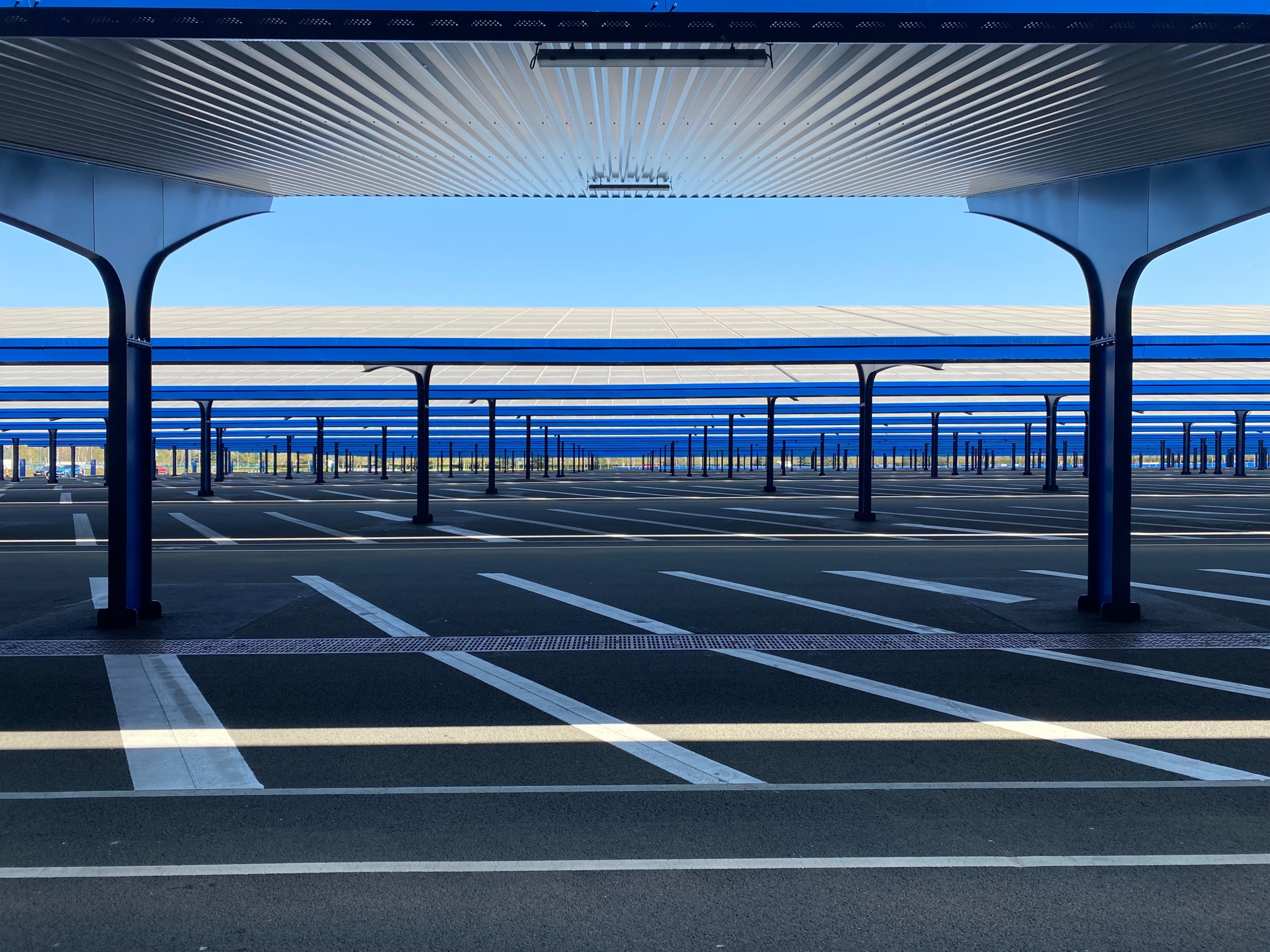
States across America need to build a lot more clean energy to achieve the vision of a 100% clean energy future. America produced enough solar energy in 2021 to power 15 million homes, about 15 times as much as it did 10 years prior, but still not nearly enough for all communities to reap the benefits of clean energy.
Solar power is one of the most promising clean energy solutions we have that will reduce global warming emissions, reduce air pollution, and provide more reliable electricity to local communitiesSteven King
Clean Energy Advocate
On February 16, 2023, experts, advocates, and decision makers convened for “Solar on highways and parking lots,” a legislative briefing webinar hosted by Environment America to discuss legislation to take advantage of underutilized, developed areas around the country for more clean energy generation. Speakers highlighted the vast potential of solar on parking lots and highways in states across the country, and how using these spaces for solar will help in our quest for 100% clean energy.
Speakers at the event included:
- Josh Becker, California State Senator
- Allie Kelly, Executive Director, The Ray
- Steven King, Clean Energy Advocate, Environment California
Watch the recording of “Solar on highways and parking lots” here:
Solar on parking lots
Senator Becker started off by acknowledging the huge amount of solar California needs to build in order to meet its clean energy targets: 110 gigawatts. But, the state should not just build solar anywhere. For example, building solar out in the desert can put undisturbed land and habitats at risk, and allowing extensive solar development there would compete against California’s goal to protect 30% of the state’s land by 2030. That’s why building more solar over developed land, like on parking lots and along highways, is so important.
Senator Becker recently introduced Senate Bill 49 (SB 49) in California, which would provide a sales tax exemption for solar canopies over parking lots and direct the state’s transportation department, Caltrans, with developing a strategic plan for making land it controls within transportation rights-of-way available for leasing to develop renewable energy generation, energy storage, and transmissions lines.
Solar canopies are a huge opportunity to generate solar without requiring any more dedicated land. Putting a solar canopy over an existing parking lot is a much more efficient use of space than acquiring that land and using it only for solar.Josh Becker
California State Senator
California, and states around the country, have large solar potential over parking lots. Senator Becker cited a Lawrence Berkeley National Laboratory study showing that pavement covers 35 to 50% of a typical city’s surface area, and 40% of that paved area is taken up by parking lots. Los Angeles County alone has 101 square miles of parking lots, which Senator Becker estimated could provide a considerable 6.5 gigawatts of energy capacity if all those lots were covered by solar canopies. If half of all California’s parking lots were covered by solar panels, that would support more than 10% of the state’s energy needs. If all that was paired with battery storage, it would provide six times the power to support grid reliability than California’s Diablo Canyon nuclear power plant.
Another advantage of solar canopies in urban areas is they get power close to where it’s needed.Josh Becker
California State Senator
Local electricity generation is preferable to energy that is produced far away and transported elsewhere. Senator Becker noted that almost 10% of the electricity we generate is lost during transmission because it has to travel over long distances. Locally produced solar in parking lots and along highways can avoid these losses.
Senator Becker also explained how solar in California is getting harder to justify because of the state’s recent change to net energy metering which reduced incentives for rooftop solar. We cannot miss this opportunity to help solar canopies pencil out for property owners by eliminating sales taxes for solar over parking lots.
We’re going to create a lot more local solar production, provide shade for cars and kids, and create a bunch of family-supporting jobs as well.Josh Becker
California State Senator
Solar along highways
The second part of Senator Becker’s SB 49 aims to make more space for solar power in vacant land that the state already controls along California’s highways, while also making the land easier to use for transmission lines.
States across the country have large amounts of land along highways that can be put to good use. Senator Becker cited an analysis from North Carolina which found 50 thousand acres well suited for solar along the state’s highways, which is enough for 5-10 gigawatts of clean energy generation. California will not know just how much solar potential it has along highways until it does a detailed study, which is why SB 49 is such an important step for clean energy in California. One thing is for certain, however: states can reap considerable financial benefits from using highway rights-of-way for solar.
Leasing land in rights-of-way can be a source of both revenue and cost savings for the state. California could earn tens of millions of dollars from leasing this land.Josh Becker
California State Senator
Allie Kelly further outlined the benefits of right-of-way solar power from The Ray’s experience in other states. Allie noted important guidance from the Federal Highway Administration that creates a priority class of projects for renewable energy along highways, giving these projects the same priority as adding more highway lanes. States are starting to realize the social and environmental benefits that come from using these untapped areas for solar generation.
We understand how solar is compatible and aligned with the right-of-way land area in our interstate and highway system.Allie Kelly
Executive Director, The Ray
Several states have now completed solar right-of-way projects, starting with Oregon in 2008, Massachusetts, and Georgia. Georgia’s right-of-way solar project is the nation’s first pollinator friendly site in the country, and it also improves the operational safety of the surrounding interstate because it powers lights along the highway, thus reducing animal collisions and improving driver safety.
Other states are showcasing how these clean energy investments facilitate clean transportation efforts by connecting right-of-way solar sites to electric vehicle charging infrastructure, enabling drivers to power their vehicles with plentiful clean energy. Allie described examples of this practice by the Central Florida Expressway Authority and the Pennsylvania Turnpike.
The state of Maine’s transportation department negotiated a land fee and a power purchase agreement along with its right-of-way solar, reducing not only roadside maintenance costs but also utility costs by millions over the lease period. These kinds of arrangements also help states and transportation departments meet carbon reduction mandates. Maine saw two dozen solar developers participate in its procurement process for putting solar along highways, and this robust free market response resulted in negotiated agreements that benefited the transportation system, the clean energy economy, and the clean energy grid.
The right-of-way is an amazing land use opportunity that helps us to avoid and navigate land use concerns around forests and agricultural lands.Allie Kelly
Executive Director, The Ray
Allie explained how Esri’s comprehensive mapping tool presents an ideal opportunity for Caltrans to work with The Ray to facilitate analysis of their roadsides for solar development as well as for transmission and distribution projects. When the necessary data is available, this helpful tool shows top sites and priority areas for solar development within any state, and can produce 3D models of real roadside parcels that show solar potential along highways and lessen community impacts from these projects.
This is the kind of infrastructure that California needs and deserves.Allie Kelly
Executive Director, The Ray
Topics
Authors
Steven King
Clean Energy Advocate, Environment California
Steven leads Environment California’s campaigns to increase clean, renewable energy throughout the Golden State, spearheading efforts to transition away from dangerous fossil fuels and address climate change. Steven lives in Los Angeles where he enjoys spending time outdoors, watching his favorite L.A. sports teams, and playing the trombone.
Find Out More
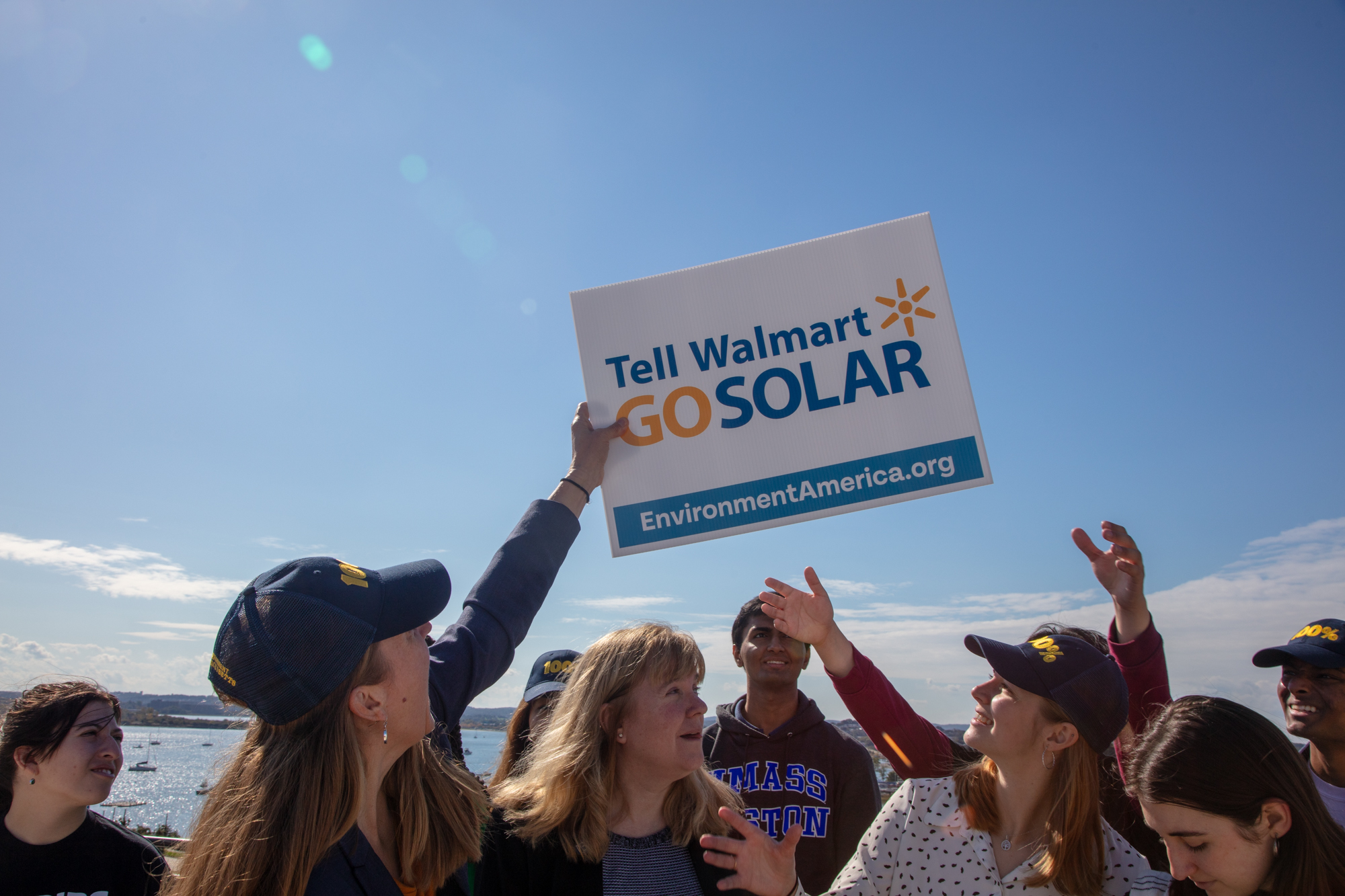
Which 10 American retailers can lead the way on rooftop solar?
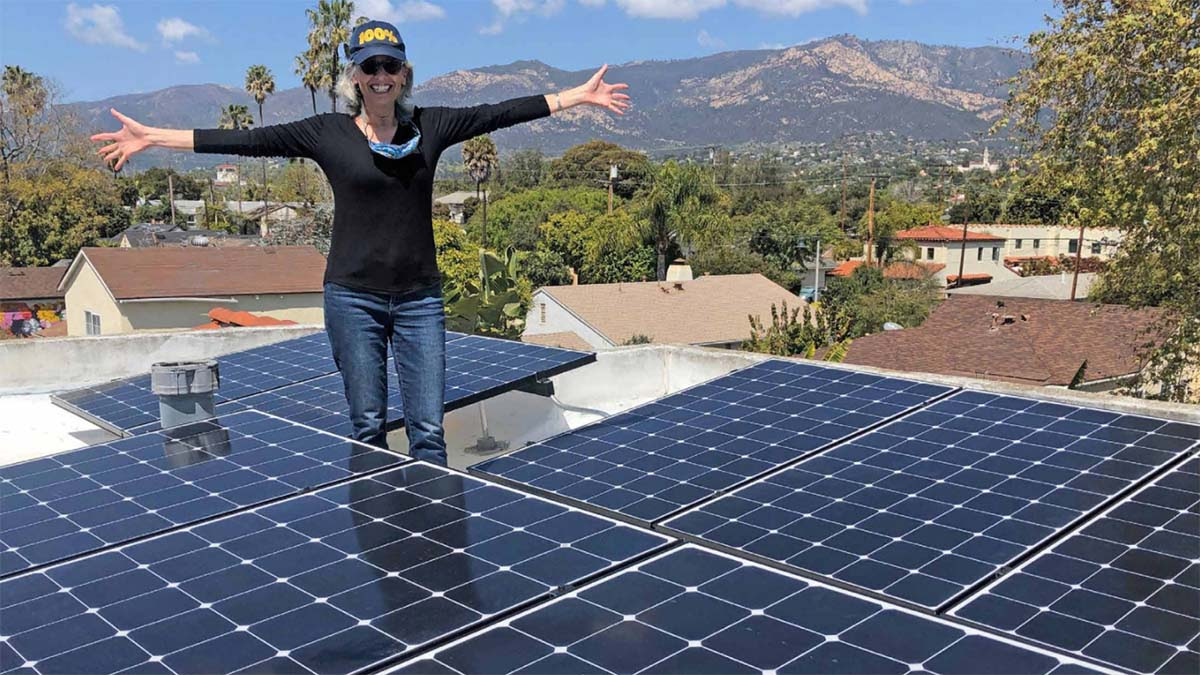
More rooftop solar, less red tape
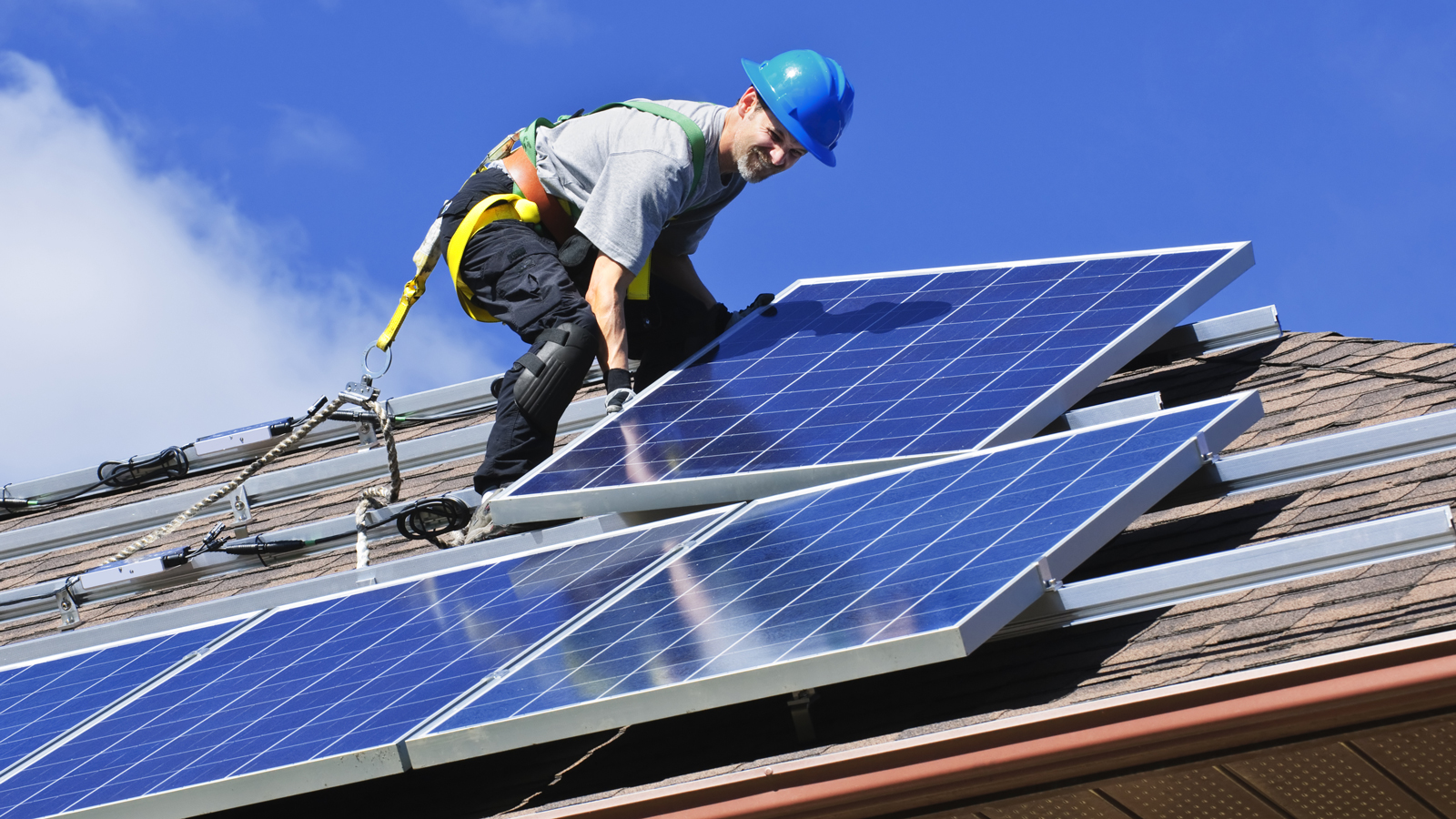
Establish the true value of rooftop solar
